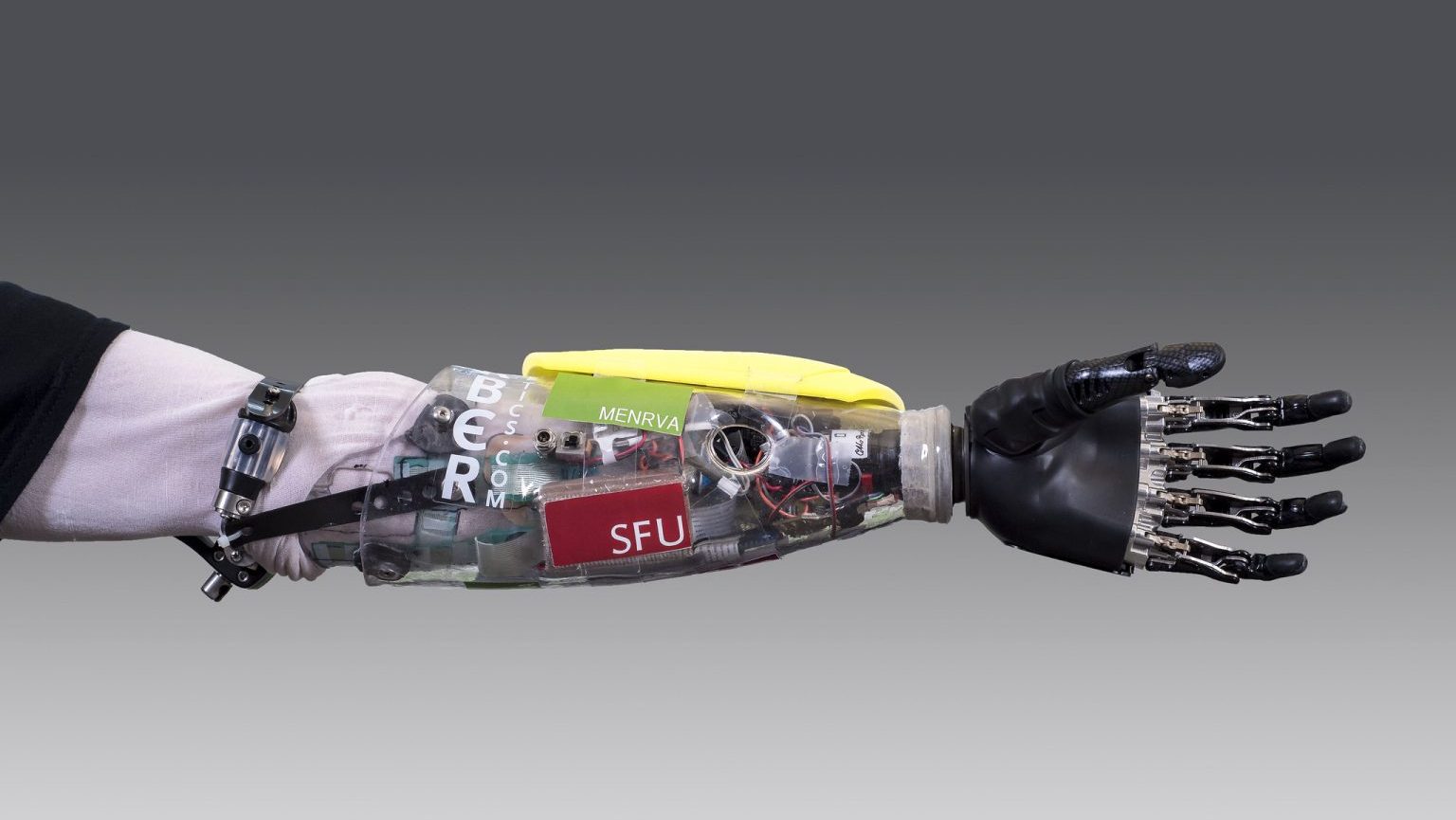Digitaleading
Guest Blogger, Marion Ginopolis, is the former Superintendent of the Oxford Michigan Public Schools and Director of the Bill and Melinda Gates Foundation funded leadership/technology program, LEADing the Future. She is currently the Director of the MI-LIFE ( Michigan Leadership Improvement Framework Endorsement) Program funded by a grant from Microsoft Partners in Learning to the Michigan Department of Education. Additional commentaries from the MI-LIFE team can be accessed on their newly created MI-LIFE Blog.
Administrators continue to be labeled Digital Immigrants. Well, it’s not as easy to learn a foreign language when you’re over fifty as it is when you’re five! But, this barrier can be overcome. In Part II of Digital Natives-Digital Immigrants, Marc Prensky suggests that Digital Immigrants can choose to “…accept the fact that they have become Immigrants into a new Digital world, and to look to their own creativity, their Digital Native students…..and other sources to help them communicate their still-valuable knowledge and wisdom in that world’s new language.”
The operative phrase here is “still-valuable knowledge and wisdom.” Helping administrators translate their valuable knowledge and wisdom into what I’ve coined as “Digitaleading” must be a priority in our administrator professional learning programs. That’s my passion right now and the focus of colleagues with whom I’m working.
First, there’s very little out “there” for administrators on how to efficiently and effectively use technology tools and applications for their work. The articles I read and the Blogs to which I subscribe discuss the use of technology for teaching and learning. Articles about administration seem to focus on hardware for data storage or software for bus schedules and classroom observation checklists.
The paucity of literature on the topic does not mean that no work has been done in the area of “Digitaleading.” In Michigan we have proven that when administrators are shown how technology tools and applications apply to their day-to-day work, they are enthusiastic, energized, excited and, more importantly, they are eager to find additional ways to expand their use of technology for leadership.
For the past four years, I was the director of LEADing the Future, a professional learning program that our team developed and in which over 4000 Michigan administrators in public, non-public and charter schools participated. The program, funded by a grant from the Bill & Melinda Gates Foundation, focused on the use of technology for leadership. An evaluation conducted by ISTE (International Society for Technology in Education) found that there was a significant and positive impact from the training on administrators’ use of, and support for, technology after attending sessions. (Daniell, D., McNabb, M.L., Bielefeldt, T., & Schneidmiller, J. (2005) LEADing the Future: Summative Evaluation Report. Eugene, OR: ISTE available on the LEADing the Future website.)
One of the most dramatic results was found among administrators who described themselves as having made little or limited use of technology before participation in LTF. They explained how using their handhelds for scheduling and managing contacts “demystified technology” or “opened their eyes to what technology could do” resulting in increases in their use of technology for other leadership duties. One high school principal explained in an interview that his entire district has a strong technology initiative spurred on by leadership from the superintendent who also participated in LTF.
As a follow-up to the LTF program, our team recently developed and is delivering a one-day professional learning opportunity for Michigan Administrators we’re calling “Emerging Technologies,” soon to be renamed “Digitaleading.” The session includes teaching school leaders how to use Web 2.0 applications in their work. Session evaluation results from 118 recent participants follow:


The question, “What is the most important thing you learned today and why is it important to you?” generated the following responses:
- How naive I am to the volume of useful technology resources available. My job (and my teachers’ jobs) could be much easier.
As Director of the new MI-LIFE program being developed in Michigan as a result of a partnership with Microsoft Partners in Learning and the Michigan Department of Education, my and my team’s commitment is to ensure that we validate the knowledge and wisdom of school leaders and build on their enthusiasm so they can become more effective digitaleaders.




